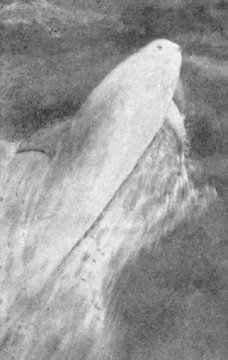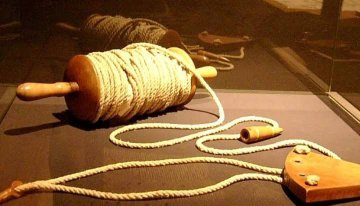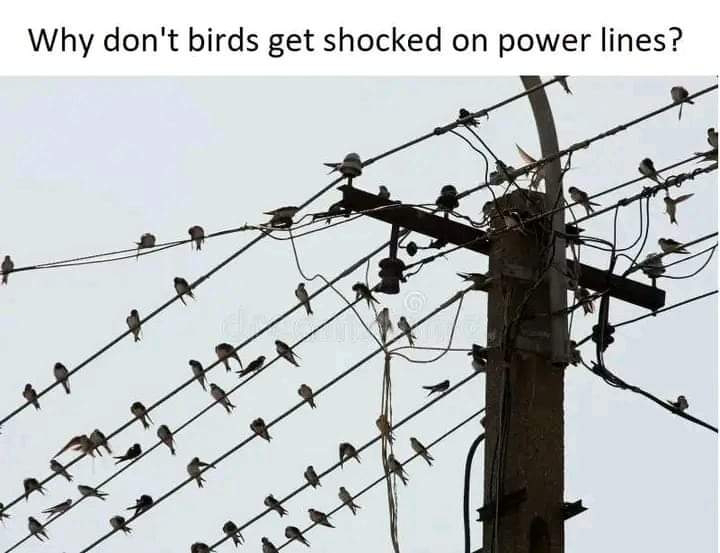The story of Pelorus Jack, the dolphin that escorted ships through a dangerous stretch of water in New Zealand for 24 years.
He was so famous that if a crew did not see him when they approached the pass, they would often wait for him.
Pelorus Jack, named after the Pelorus Sound in the South Island, first captured the attention of sailors in the late 1880s. The dolphin exhibited an uncanny habit of escorting ships through the perilous French Pass, a notoriously challenging and narrow strait between D'Urville Island and the mainland. This behavior was both mysterious and welcomed by seafarers navigating the tumultuous waters of the region.
Pelorus Jack was first seen around 1888 when he appeared in front of the schooner Brindle when the ship approached French Pass, a channel located between D'Urville Island and the South Island. When the members of the crew saw the dolphin bobbing up and down in front of the ship, they wanted to kill him, but the captain's wife talked them out of it. To their amazement, the dolphin then proceeded to guide the ship through the narrow channel.
And for years thereafter, he safely guided almost every ship that came by. With rocks and strong currents, the area was dangerous to ships, but no shipwrecks occurred when Jack was present.
In 1904, someone aboard the SS Penguin tried to shoot Pelorus Jack with a rifle. Despite the attempt on his life, Pelorus Jack continued to help ships. According to folklore, however, he no longer helped the Penguin, which shipwrecked in Cook Strait in 1909.
After this event, the New Zealand government decided to protect the friendly dolphin. An ordinance was passed prohibiting the harming, harassing, or killing of Pelorus Jack. This decree reflected the widespread appreciation for the dolphin's role as a maritime guardian and symbolized the intersection of human and cetacean interests.
Pelorus disappeared in 1912 and it's remembered as the heroic friend of sailors and the first individual sea creature ro be protected by law in any country.
























